Evaluation Of A Breast Mass
Article Sections
Introduction
A breast mass is a common clinical finding that may be benign or malignant. The approach to evaluation involves history-taking, clinical examination, imaging, and biopsy when necessary. The appropriate evaluation is guided by a patient's age and risk factors for malignancy. The diagnostic pathway is essential to differentiate benign conditions (eg, fibroadenoma, cysts) from breast cancer and to ensure timely and appropriate management.
Common breast masses
- Fibroadenoma: Benign solid tumor composed of glandular and fibrous tissue. Fibroadenomas typically cause a painless and mobile rubbery mass that are hormonally mediated (ie, increased size with elevated estrogen levels).
- Breast cyst: Fluid-filled round mass that may fluctuate in size due to cyclic hormonal changes. Cysts may be painless or become painful, especially in the days leading up to the onset of menses.
Continue Learning with UWorld
Get the full Evaluation Of A Breast Mass article plus rich visuals, real-world cases, and in-depth insights from medical experts, all available through the UWorld Medical Library.
Figures
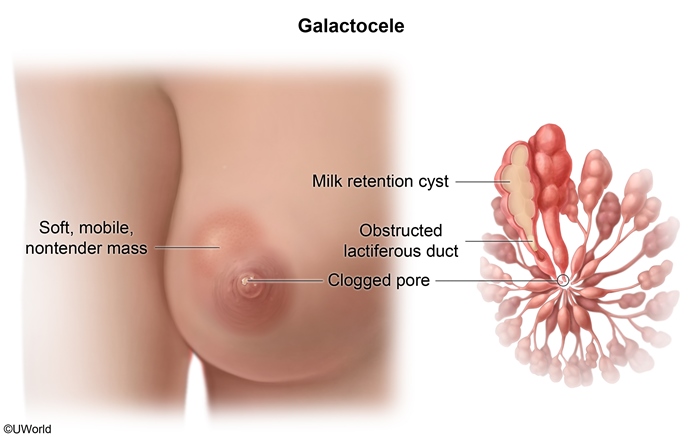
Figure 1
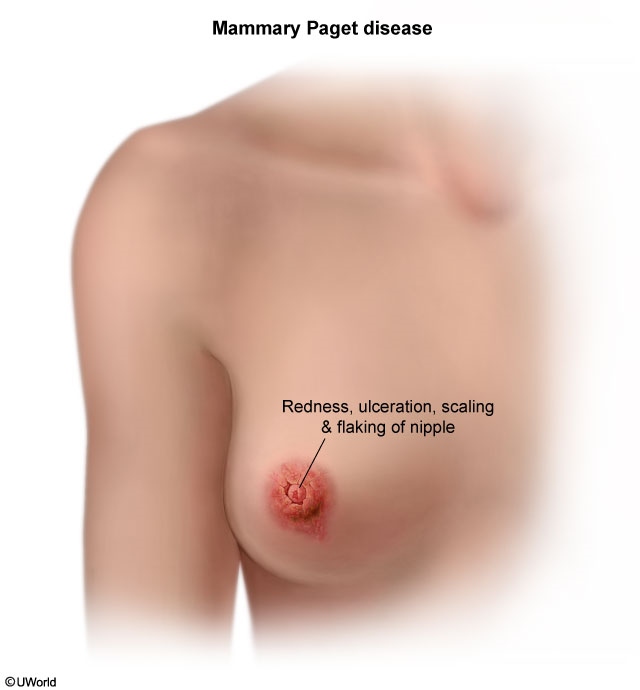
Figure 2
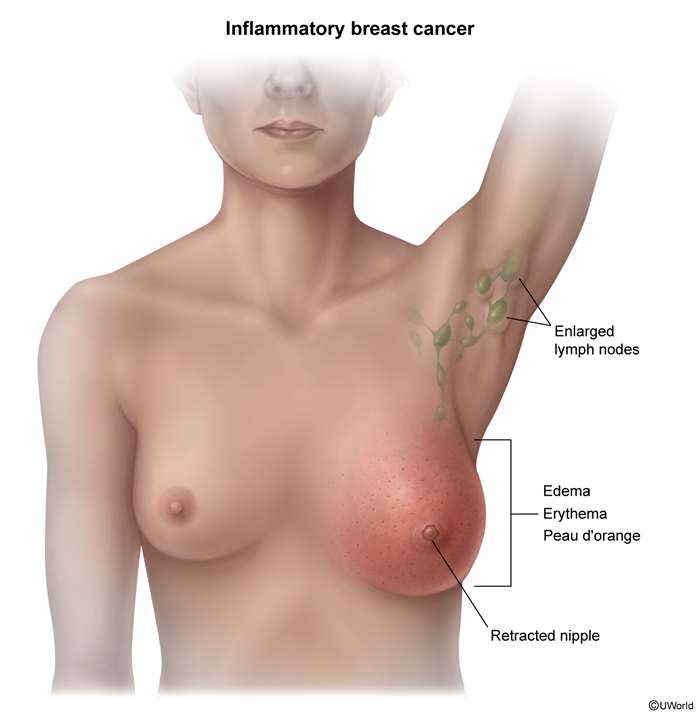
Figure 3
Images
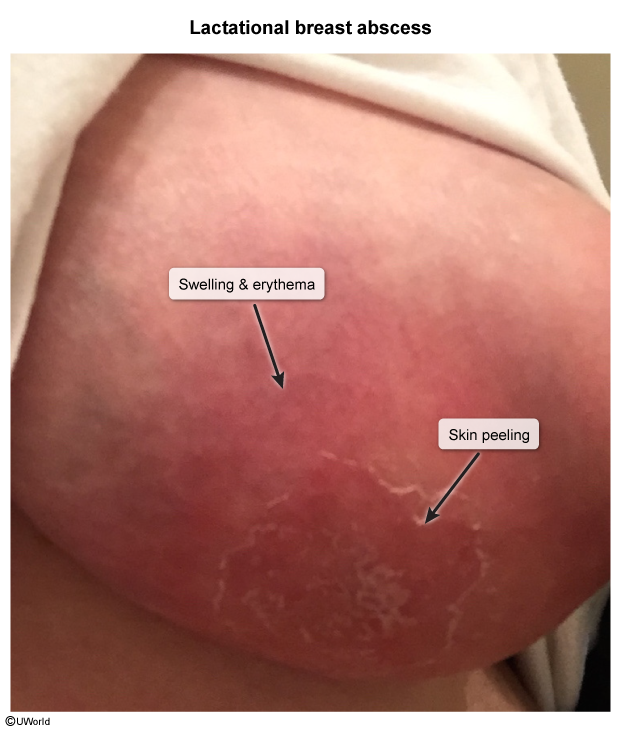
Image 1
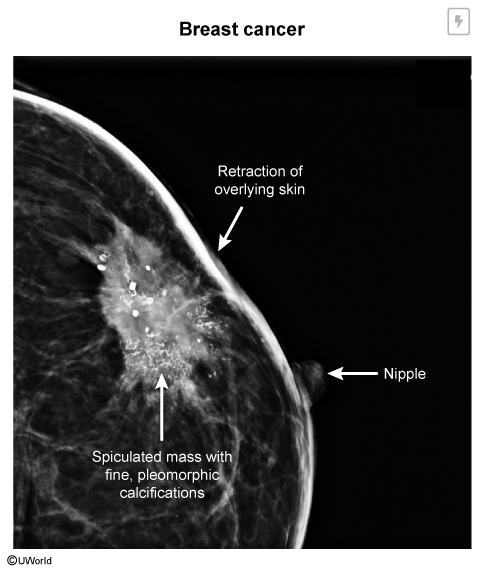
Image 2
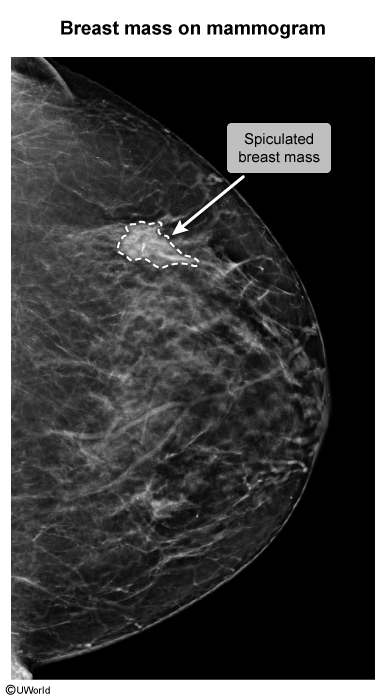
Image 3